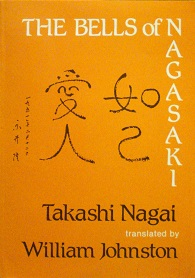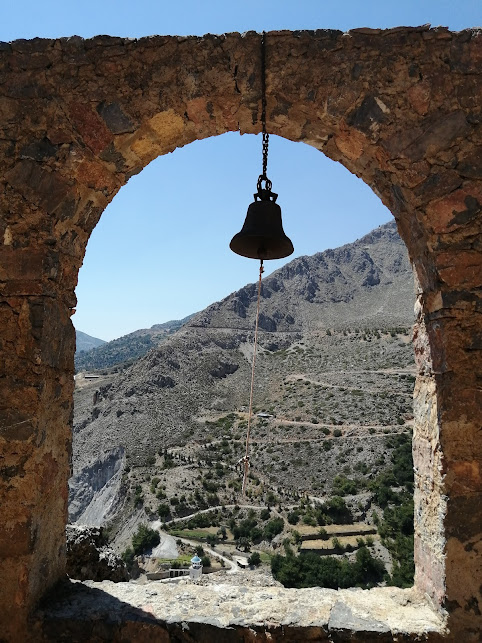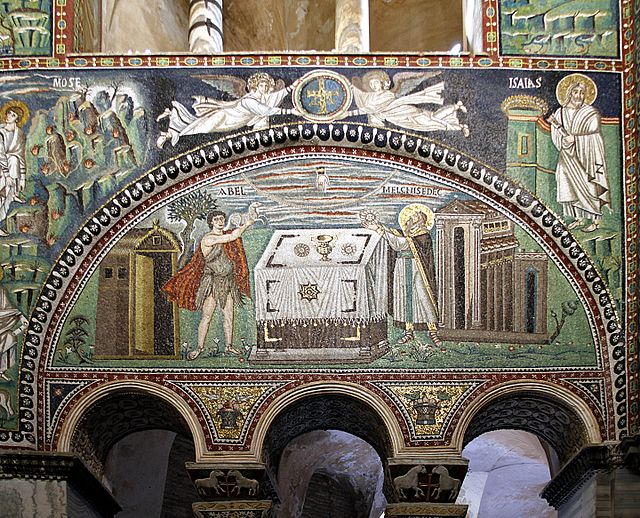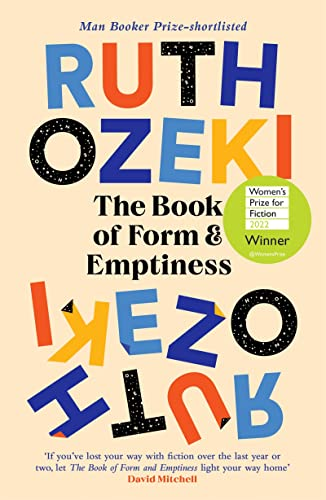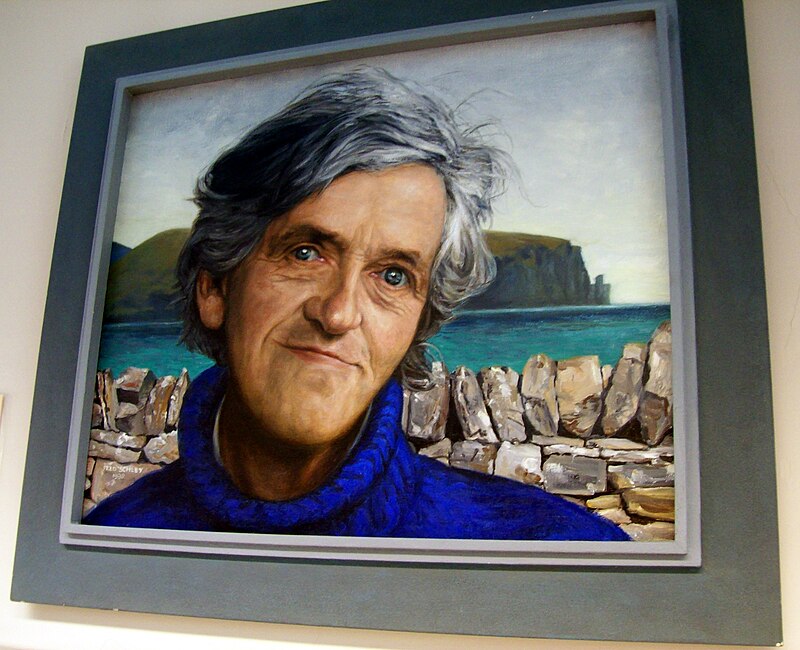…except temptation, as the old saying goes. And this rather feeds into the narrow sense that temptations are little more than appealing titbits dangled before our hungry eyes – a tasty morsel, a bit of slightly naughty fun, a micro-transgression in which we permit ourselves to indulge in order not to appear too holier-than-thou. This reduces fasting to modest denials of small pleasures – a spiritual training regime for armchair athletes.
Of course, the words of the Our Father must have something a little more serious in mind – ‘lead us not into temptation’ or, maybe better, ‘do not bring us to the time of trial’ is surely the prayer of one facing something more troubling than the offer of a second chocolate biscuit. David Bentley Hart, in his refreshing and astonishing translation of the New Testament, invites us to think of the petitions of the Our Father in starkly immediate terms: daily bread for someone for whom hunger is a real risk; forgiveness of debts for someone under threat frrom a merciless creditor; rescue from the ‘wicked man’ rather than some abstract and metaphysical ‘evil’. And the ‘temptation’ in this understanding would be an actual trial before a court with every advantage pre-loaded in favour of the rich man out to fleece you. This is the prayer of one who lives on edge of peril each day.
But for those of us who live in relative comfort, the words still carry immediate meaning when we consider the trials that might come our way – illness, loss, anxiety, personal conflict. A ‘temptation’ is, in this sense, an unwlecome and probably unexpected set of circumstances that strain our inner resources.
Members of our parish have been reading the Sayings of the Desert Fathers and Mothers during Lent, one for each day. Tuesday’s reading was a saying by Amma Theodora:
Amma Theodora said, ‘Let us strive to enter by the narrow gate. Just as the trees, if they have not stood before the winter’s storms cannot bear fruit, so it is with us; this present age is a storm and it is only through many trials and temptations that we can obtain an inheritance from heaven.’
Sayings of the Desert Fathers, Benedicta Ward (trans), Cistercian Publications 1975, p. 83
Theodora urges us to think of temptations as being like the stresses put on a plant which prepare and strengthen it for bearing fruit when the winter is past. Those stresses are simply ‘weather’ – the climatic context of the plant’s environment which comes and goes, sometimes brief and violent, sometimes sustained and predictable. The farmer prays that the weather will not be destructive (do not bring us to the time of trial).
Theodora asks us likewise to see our temptations and trials as ‘weather’, and this is not to diminish them, for we all know the immense power of wind and rain. And, just as weather can be ‘weathered’ with the right clothes, our trials and temptations can be faced if we clothe ourselves with a clear understanding of them and with some protective measures. The clear understanding is that we see temptations as ‘weather’ – environmental contexts that are common to our human condition. The protective measures include prayer and ascetical disciplines that help sharpen our awareness. One such prayer is a daily examen which trains us in the better knowledge of our trials and of our habitual responses to them. Thus equipped, we will be prepared to go about our business even as the storm rages and we will be better able to meet the next one, which might be very much stronger. We do not need to seek out trials and temptations – they will come our way – but we can practice, each day, the stance we can take to brace ourselves against the gusts of wind that need not knock us off our feet.




